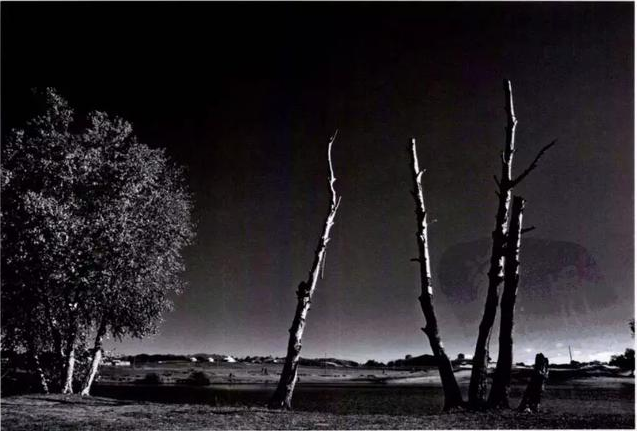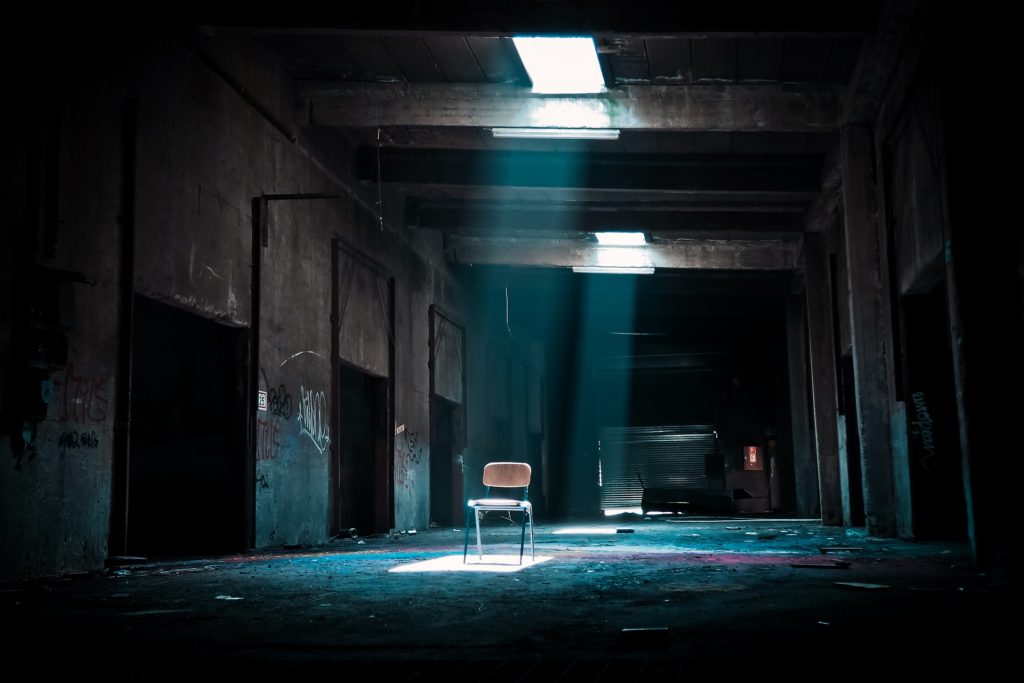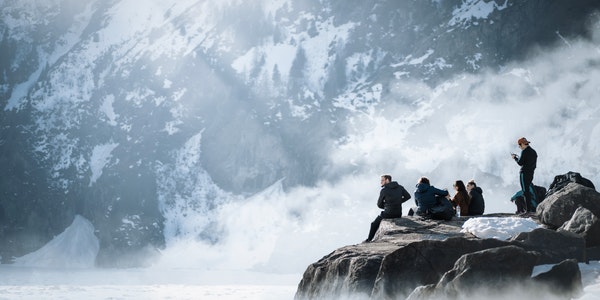Table of Contents
Theoretical Discussion on Montage Techniques
Eisenstein
Eisenstein’s views are inseparable from the fanaticism of montage in the early Soviet Union. Kurišov believes that the material of the film is just a piece of filmed fragments, and the actor’s performance and the arrangement of the scenes are nothing but the preparation of the material. He did a famous experiment in which three different clips were added to the close-up of an actor without any expression.
The first is a pot of soup, the second is a coffin with a female corpse lying on it, and the third is a girl holding a toy. It is said that the audience thinks that the first clip shows that the close-up expression is that they want to drink the soup, the second clip shows painful sadness, and the third clip shows a happy smile. This is obviously an exaggeration of the role of montage and obliterates the role of performing arts. Even Pudovkin said at that time: “A lens is just a word, a concept of space, a dead object. Only when it is put together with other objects can it be given the life of a movie.”
Eisenstein even compared montage to hieroglyphs, saying that montage is like a “dog” plus a “mouth” in a hieroglyph. The name “bark” means that a dog barks. The combination of two nouns produces a verb.
Eisenstein put forward the so-called “juggling montage” when he was engaged in theatrical activities. After failing on the stage, he thought that film is the place to realize the “juggling montage”. The so-called “juggling montage” is the use of strong, even shots, episodes or programs that depart from the plot structure to achieve the effect of grabbing the audience, so as to make it accept the author’s indoctrination.
Pudovkin
Pudovkin’s vision of montage is broader. He does not focus only on the contrast and metaphor of montage, but treats montage as both a narrative means and a means of expression.
He stated at the beginning of the article “On Montage”: “The shots that were taken separately are well connected, so that the audience can finally feel that this is a complete, uninterrupted, continuous movement-this technique is what we are used to. Yu called it a montage.” Of course, this kind of work is not a rigid mechanical operation, nor is it a blind arbitrary arrangement. To organize the shots into “uninterrupted and continuous motion”, “it is necessary to make these clips have An obvious connection”.
This connection can only be in external form. For example, someone fired a shot in the previous shot, and fell down in the next shot, but more importantly, it is “a profound inner connection that is full of ideological significance.” He further pointed out that there are countless intermediate forms between the simple external connection and the deep internal connection. But in short, “there must be a connection of one kind or another, until sharp contrast or contradiction.”
Therefore, he gave another definition for montage: “In film art works, various methods are used to comprehensively display and explain the connections between various phenomena in real life.” He also believes that montage is determined by the talent of the director. High and low, “This kind of talent makes the director good at turning the latent inner connection between life phenomena into a clearly visible connection that can be directly felt without explaining.”
For this reason, Bella Balaz said that the film is not a pure reproduction, but a real creation. A good director not only shows the picture, but also explains the picture.
Montage Prohibition Theory
The main content of the theory of banning montage proposed by Bazin requires that two or more action elements exist at the same time, and montage should be disabled. He believes that montage is far from the nature of movies and should be denied.
After the Second World War, French film critic Bazin’s film review articles had a great influence worldwide. His theoretical basis is based on the “photographic nature of film”. He believes that all art is based on human participation, only photography has the privilege of not allowing people to intervene. The nature of film comes from the nature of photography, and its artistic appeal comes from the same source: the revealing of the truth. Krakauer of Germany also said that “film is, by its very nature, an extension of photography.” They believe that the mission of film is to record the objective existence of the world.
Bazin said, “Only this cold-eyed lens can return the world to its original appearance” and “clear the mental rust from our feelings on the object.” He believes that the first duty of a film director is to respect the substances and events he portrays, not to express his views on them. “Realism” requires us to put aside the meaning we give to the world in order to restore the original meaning of the world.
From this, he deduced another basic point of his theory: Montage should be disabled. Because the montage narrative method implies the danger of imposing opinions on the audience, movies often force the audience to accept a certain ideology, and the nature of the film is against this approach. He tried his best to admire the documentary director Frahadi. He took an Eskimo seal hunt in “Nanuk of the North” as an example to illustrate the superiority of continuous shooting without montage segmentation. It is to discover the world through movies, not to create a new world with pictures taken from reality, in order to express one’s own views.
Bazin’s main argument for attacking montage is: montage critics do not recognize single shots, and do not recognize that unedited film fragments are art. Bazin believes that a single lens contains rich meaning and artistic value. He blamed Eisenstein for “concealing the event and replacing it with another synthetic reality or event”, which “added something” to the object described. Montage captures the ambiguity of the film and leads to unification. The director becomes a guide to direct the audience. The audience can only accept his opinions and cannot appreciate the meaning of the film by themselves.
Bazin believed that reality is a multi-layered structure, and Eisenstein cut the meaning of nature to his own personal interpretation. He particularly opposed “juggling montages” and rational montages such as metaphors and symbols, saying that this is to impose ideas on the audience, and directors who respect reality should “disappear themselves” in the face of reality. Montage is literary and anti-film. Movies should express the true flow of time and the depth of reality, while the continuity of time and space in photography is incompatible with montage.
Depth of field lens
The method Bazin proposed to replace montage is the use of depth-of-field lenses. Because the depth-of-field lens has a sense of depth, different characters and events between them can be placed in the same lens, presented in front of the audience, and the audience can “appreciate” them. Of course, this also includes the use of actor scheduling and camera scheduling, that is, using the movement of the actor’s position and the movement of the camera to continuously follow the person.
The shots taken in this way inevitably have a longer length, so Bazin’s theory was once called the “Long Shot Theory”. In fact, the more accurate name should be “continue shooting method”. The depth of field is to maintain the integrity of the plot space, and the long shot is to maintain the integrity of the plot time, that is, to achieve the “real time flow, real depth of reality” required by Bazin, and not to be destroyed by the division of montage . Bazin believes that montage is to tell the event, and continuous shooting is to record the event, which reserves the right for the audience to choose freely and interpret things or events.
Bazin’s theory has caused a major change in film creation worldwide, and has also promoted the development of film aesthetics that has been stagnant for a long time. However, the film industry generally believes that Bazin completely denies montage and admires continuous shooting with depth-of-field lenses, which is one-sided.
First of all, critics of montage critics regard single shots as meaningless. This is what it should be. However, any single shot cannot be regarded as complete in meaning or require all shots to be taken continuously. The so-called long shots essentially cancel the difference between “lens” and “series of shots”, requiring each shot to be a “series of shots” with the same complete sentence, and even set up a scene on its own. Any film must have a large number of incomplete shots, which must be connected with other shots to have a clearer or complete meaning.
Sometimes it may be just for the convenience of narrative, sometimes for theatrical effect, and more often it is for the audience to see the meaning that the camera cannot see when it exists alone, such as the cross-montage and metaphoric montage mentioned above. This is a way to make the audience aware of the invisible and rich inner activities of the characters or the profound ideological connotation of the plot through the visible and specific images.
Therefore, the lens is both closed and open, closed by the content of the action, but open due to the connection and opposition with other lenses. The shots are independent and interdependent. Even a series of shots cannot leave the overall content and form of the film and become a complete artistic existence.
Secondly, because of the preference for depth-of-field lenses and continuous shooting, we cannot give up the convenience of film space and film time that montage can obtain, give up the special function of concentrated summarization of movies, and give up the broad world of sound and picture montage. We should fully understand and value the role of depth-of-field lenses and continuous shooting, and we must also see its limitations.
The depth-of-field lens cannot get rid of the frame of the picture, unlike the eyes, which is not subject to the frame and frame, and has the interference of perspective problems. Characters are at different levels, and the scales of things near and far are different, so it is necessary to use scene control mirrors to cooperate, so the “photographic nature” still needs to be interfered by people. In fact, long shots just use scene and camera scheduling instead of montage combination to achieve the alternation of the scope and content of the screen. So some people call this technique “montage inside the lens” or “deep montage”.
In addition, continuous shooting can only be in terms of one scene, and it is impossible to use continuous shooting methods for all events at different locations and at different times. In “The Rope” (The Rope), Hitchcock tried to shoot the whole film one by one shot to the end, completely canceling the montage, but the effect was not satisfactory.
True or unreal does not depend on the montage method or the continuous shooting method. Montage can indeed be used to cover up false things, but montage does not necessarily have to be untrue. Conversely, continuous shooting of depth-of-field lenses does not guarantee that they will produce realistic works.
Bazin’s biggest reason for opposing montage is that he believes that the director has become a guide to direct the audience, eliminating the ambiguity of the film. However, the montage that meets the audience’s psychological requirements and gaze shifting requirements is necessary for film narration. Art allows and needs the guidance of the artist. Literary and artistic works as conceptual forms are the products of people’s lives reflected in the minds of artists.
Realism does not copy life photographically, but reflects life according to the artist’s worldview. The director uses montage, not to add something to reality as Bazin accused, but to reveal what was originally in reality based on his own feelings. There is no purely objective record. The “reality” captured by the so-called “cold-eyed” camera is still inevitably selected based on the director’s point of view.
